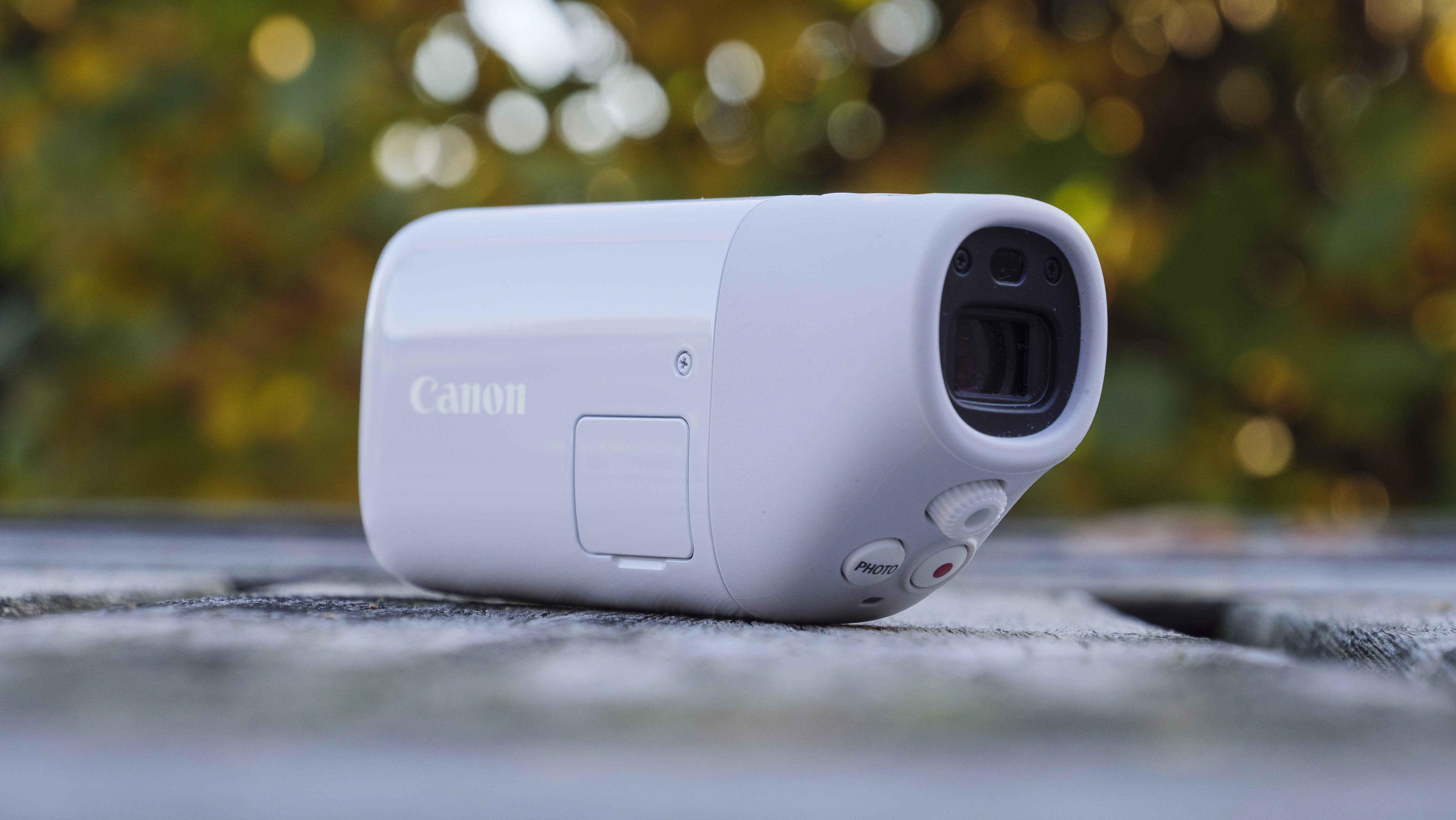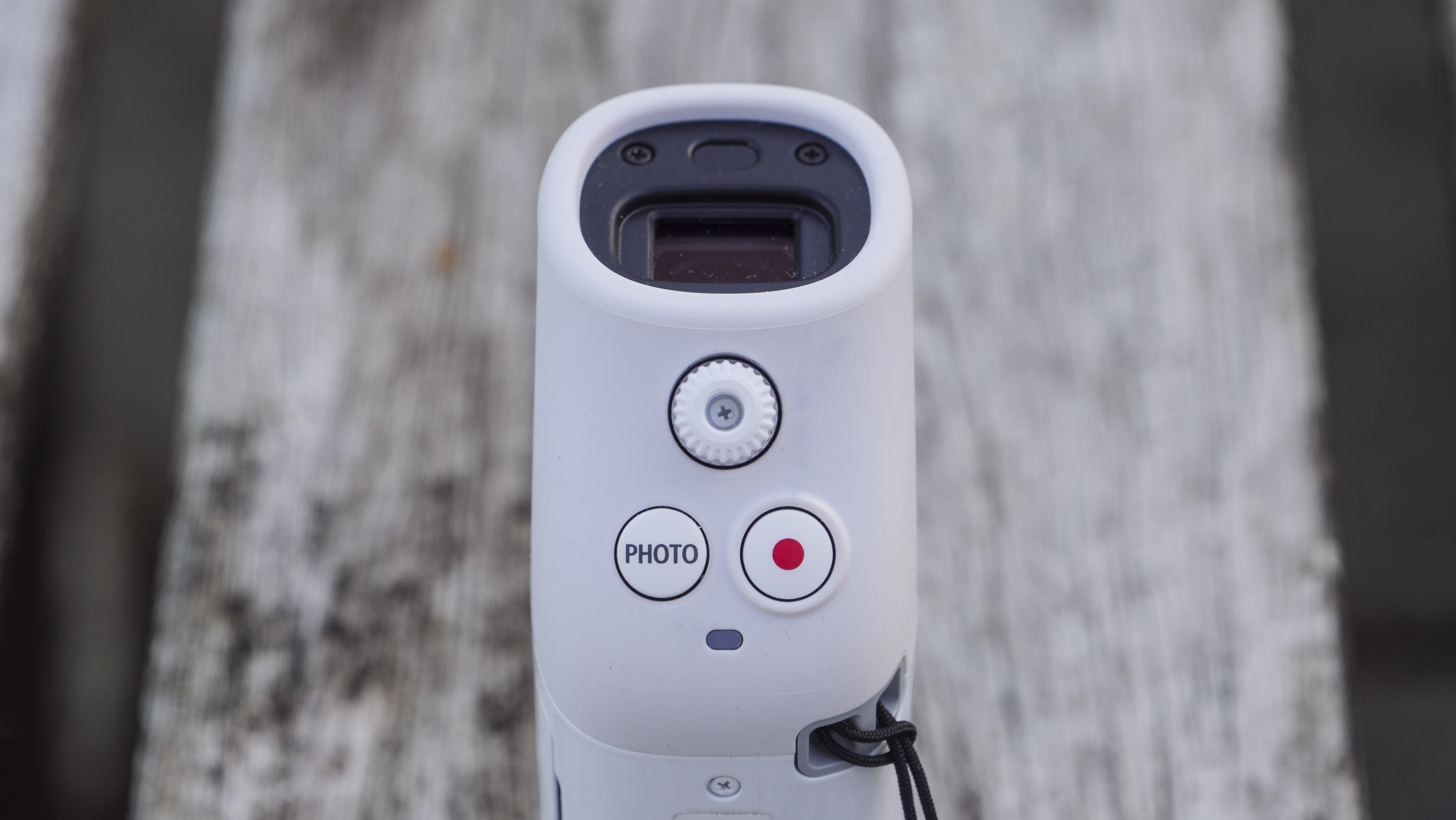The Canon PowerShot Zoom falls short of its pocket telephoto potential – here's why
A fine idea that doesn't meet our photographic expectations

When Canon announced in September that its unique, monocular-style compact camera was going on sale worldwide, we were initially excited – but sadly our Canon PowerShot Zoom review has discovered that it falls short of its potential.
The PowerShot Zoom is a tiny camera with a 100mm-400mm optical zoom, which you can extend to 800mm with a 2x digital extension. On paper, it's a promising alternative the limitations of smartphone zooms, which have improved greatly but still hit a ceiling imposed by their form factors.
While our review praises the PowerShot Zoom's form factor, which has an attractive white finish and weighs only 145g, we found its photographic performance to be frustrating. Unfortunately, its fresh monocular shell houses some pretty dated tech.
For example, the auto exposure and autofocus – which has made such a leap forward in recent cameras like the Canon EOS R5 – both miss the mark too often. As our review remarked: "Perhaps the single most frustrating experience about the PowerShot Zoom is autofocus performance, with no option for manual focus. All too easily the contrast-detection based AF shifts to the background or fails to acquire a sharp focus at all."
It's a similar story with exposure – we found that "in sunny conditions, the camera errs on the bright side, which can result in blown out highlights." A workaround is to focus and recompose, but that's a bit too complex for what should be a point-and-shoot experience.
The PowerShot Zoom isn't completely without merit. In fact, if you approach it as a digital monocular that can take 12.1MP snaps and full HD videos for reference, rather than for your photo albums or social media, then we found that it can be "a competent snapper with an unusual design".
- Read our in-depth Canon PowerShot Zoom review
- Black Friday deals: all of the hottest deals so far
- These are the best compact cameras you can buy right now

Zoom and gloom
Unfortunately, we were rather hoping that the PowerShot Zoom would offer a smartphone-beating zoom that could be used for challenging situations like wildlife photography.
Sign up for breaking news, reviews, opinion, top tech deals, and more.
But when looking at the photo quality, that doesn't appear to be the case. We pitched its 100mm mode against the 5x zoom of the Vivo X51 smartphone – which itself is only a mid-range performer – and found the phone's picture quality to be better.
A contributing factor to this is the PowerShot Zoom's maximum f/5.6 aperture at 100mm, which is further reduced to f/6.3 at 400mm. Because the focal length demands a relatively fast shutter speed, this means that you frequently need a high ISO setting, which naturally has a further hit on the image quality produced by its tiny 1/3in image sensor.
This is all a slight shame, as we remain fans of the PowerShot Zoom's design and concept. Perhaps if a similar form factor could be combined with more up-to-date tech and a slightly larger sensor, it could yet prove to be a handy new type of compact camera for certain situations.
As it is, the PowerShot Zoom remains an attractive if pricey monocular with an impressive electronic viewfinder that lets you jump from 100mm to 400mm at the push of a button. But you should look elsewhere for high-quality telephoto images and video.
- Black Friday camera deals 2020: top we're expecting to see and early offers live now

Mark is TechRadar's Senior news editor. Having worked in tech journalism for a ludicrous 17 years, Mark is now attempting to break the world record for the number of camera bags hoarded by one person. He was previously Cameras Editor at both TechRadar and Trusted Reviews, Acting editor on Stuff.tv, as well as Features editor and Reviews editor on Stuff magazine. As a freelancer, he's contributed to titles including The Sunday Times, FourFourTwo and Arena. And in a former life, he also won The Daily Telegraph's Young Sportswriter of the Year. But that was before he discovered the strange joys of getting up at 4am for a photo shoot in London's Square Mile.